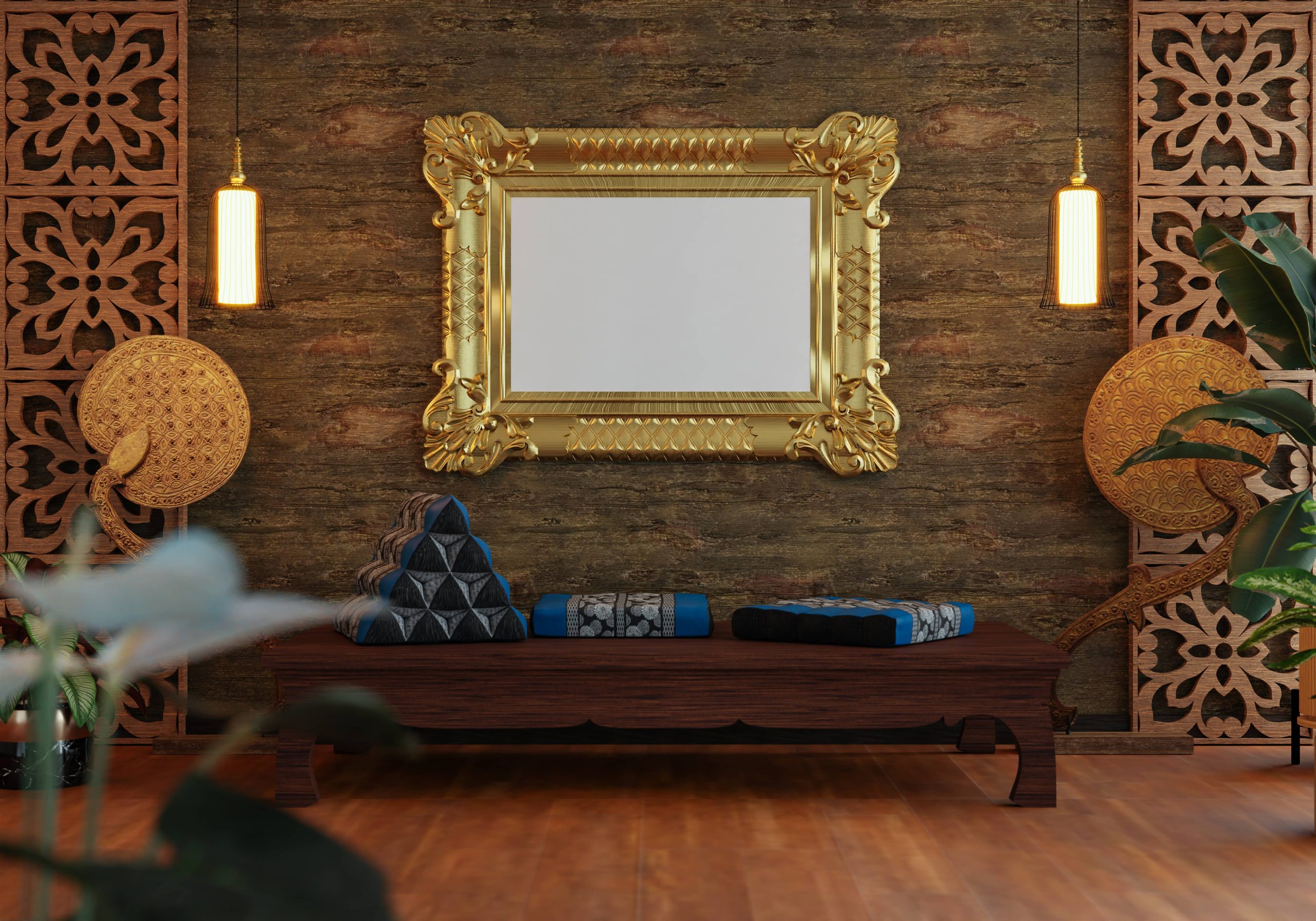
In recent years, there has been a growing interest in a more natural and organic approach to interior design. With our modern lives often dominated by technology and urban settings, we find ourselves yearning for a deeper connection with nature. This longing can be addressed through biophilic design, which seeks to integrate natural elements into our homes, creating spaces that not only look beautiful but also nurture our well-being. In this post, we will explore the principles of biophilic design and provide practical tips on how you can incorporate these elements into your own home, fostering a healthier and more harmonious living environment.
Understanding Biophilic Design
Biophilic design is based on the concept of biophilia, which describes the innate human affinity for the natural world. By integrating aspects of nature into our living spaces, we can improve our mental and physical health, enhance creativity, and reduce stress. This design approach goes beyond merely adding plants; it encompasses a holistic integration of natural forms, materials, and patterns to create an immersive experience.
Key Principles of Biophilic Design
To effectively incorporate biophilic design into your home, it’s essential to understand its key principles. Here are a few fundamental concepts:
1. Natural Light: Maximizing natural light not only reduces energy consumption but also regulates your body’s circadian rhythms, promoting better sleep and overall well-being.
2. Nature Views: Access to views of nature, such as gardens, trees, or water, can have calming and restorative effects, even if it’s just a window view.
3. Air and Water Quality: Clean air and water are essential for a healthy environment. Incorporating air-purifying plants and water features can enhance these aspects.
4. Natural Materials and Textures: Use materials such as wood, stone, and wool that mimic the feel and appearance of nature to create a tactile and visually pleasing environment.
5. Biomorphic Forms and Patterns: Incorporate patterns and shapes found in nature, such as honeycombs or leaf motifs, in your decor to create a sense of connection with the natural world.
6. Plants and Greenery: Integrating a variety of plants throughout your home can improve air quality and add life to your interiors.
Ways to Incorporate Biophilic Design
Now that we’ve covered the basics, let’s delve into some practical ways to integrate biophilic design into your home:
1. Maximize Natural Light
Natural light is one of the most significant elements of biophilic design. Consider large windows, skylights, or glass doors to bring more sunlight into your space. Curtains should be light and sheer, allowing natural light to diffuse gently. Position mirrors strategically to reflect light and make spaces feel larger and brighter.
2. Create a Green Sanctuary
Bringing plants into your home is one of the easiest ways to begin the biophilic transformation. Consider creating a green wall or having a small indoor garden. Choose a diverse mix of plants, such as succulents, ferns, and flowering varieties to enhance visual interest and improve air quality. Ensure that your plants have access to adequate light and are compatible with your indoor environment.
3. Use Natural Materials
Switch out synthetic materials for natural ones wherever possible. Replace vinyl flooring with hardwood or bamboo. Opt for wool or cotton rugs instead of synthetic fibers. In kitchens and bathrooms, consider granite, marble, or recycled glass countertops to add natural elegance and texture.
4. Integrate Water Features
Water elements can add a sense of tranquility and connection to nature. Consider installing a small indoor fountain or a fish tank. Not only do they provide visual and auditory stimuli, but they can also help maintain humidity levels within your home.
5. Design with Natural Patterns
Incorporate patterns inspired by nature into your home furnishings and decor. Look for textiles with floral prints, wallpapers with leaf patterns, or artwork depicting serene landscapes. These elements create a soft and calming ambiance, reminiscent of the natural world.
6. Foster Nature Views
If possible, design your home layout to maximize views of the outdoors. Arrange seating areas near windows that overlook gardens, trees, or any natural scenery. If outdoor views are limited, create a backyard oasis with landscaping to enhance the connection to nature.
7. Consider Acoustic Elements
Sound plays a crucial role in biophilic design. The gentle sounds of flowing water, birds chirping, or leaves rustling can be soothing. Consider playing ambient nature soundtracks or opening windows to let in the natural sounds.
Conclusion
Incorporating biophilic design into your home doesn’t just result in a more aesthetically pleasing space — it can significantly impact your overall well-being. Whether you live in a bustling city or a quiet suburb, creating an indoor environment that fosters your connection to nature can enhance your quality of life, promoting health, happiness, and tranquility.
By leveraging the ideas in this guide, you can start small, gradually transforming your home into a sanctuary that nourishes both body and spirit. Embrace the philosophy of biophilic design, and experience how nature can redefine your living space, making it an oasis of comfort and well-being amidst the chaos of modern life.

